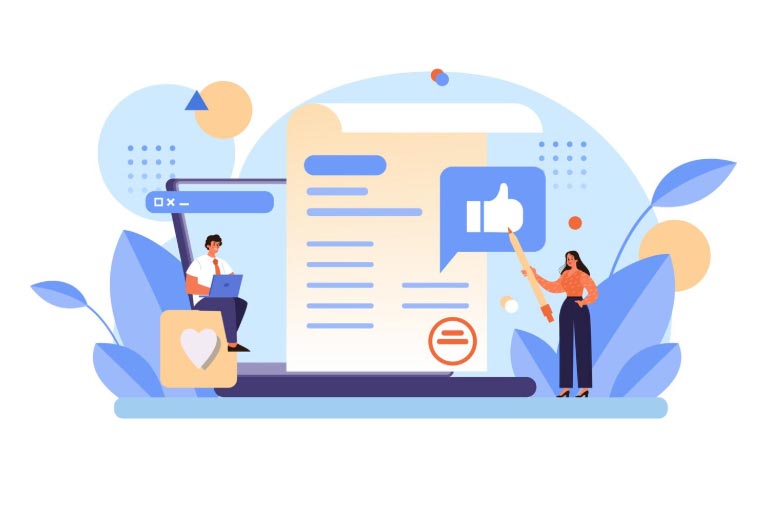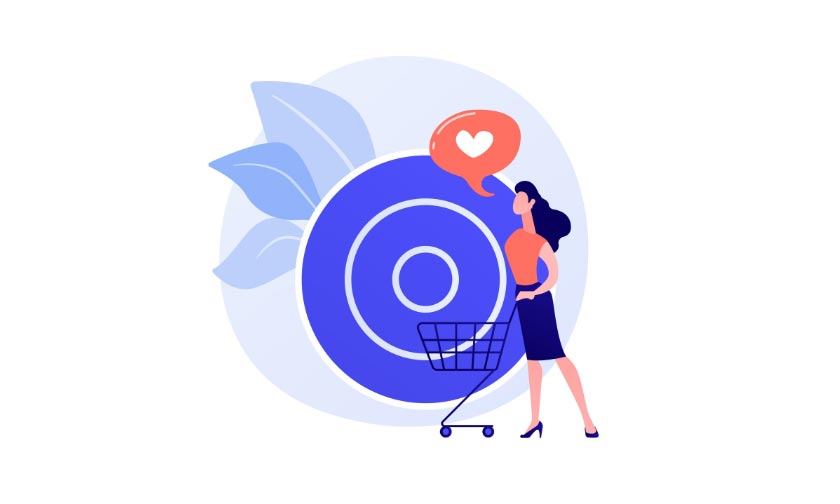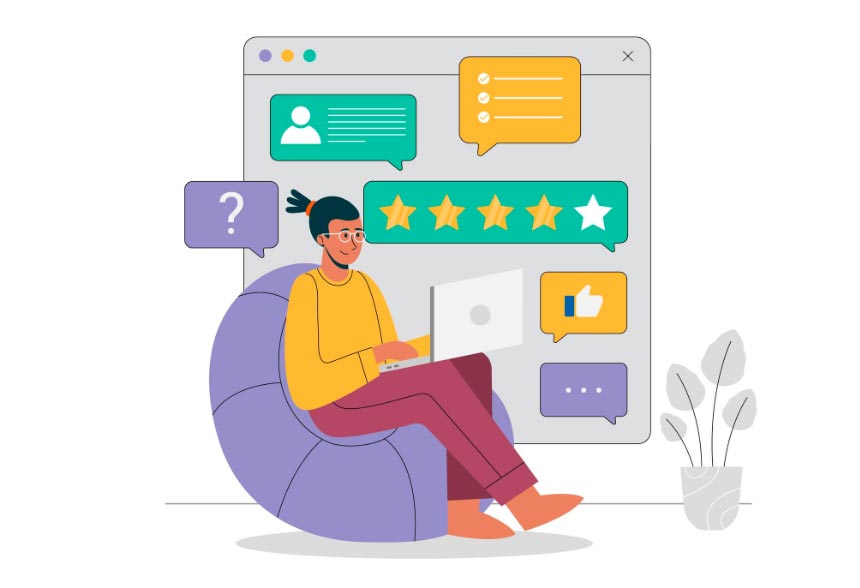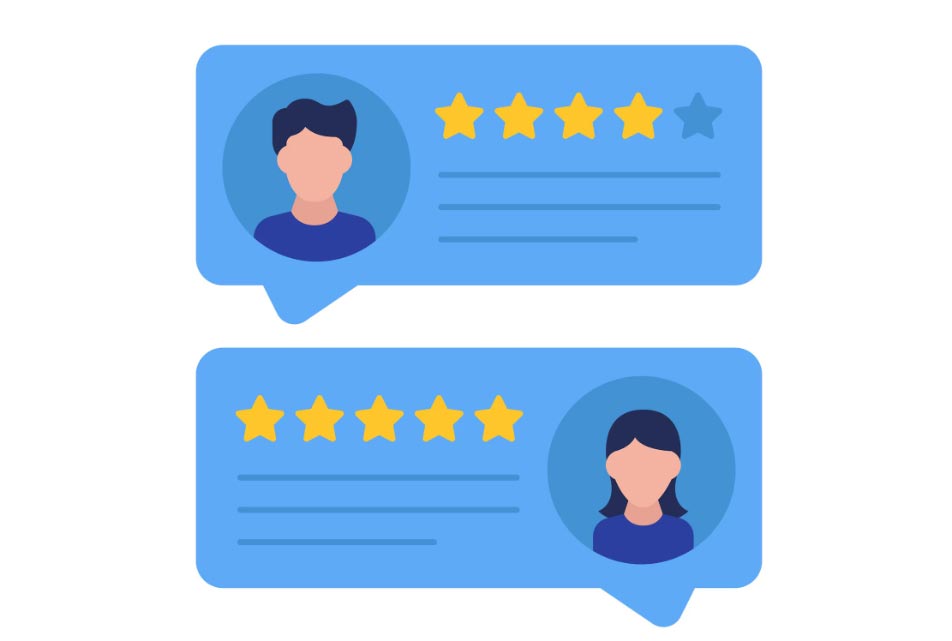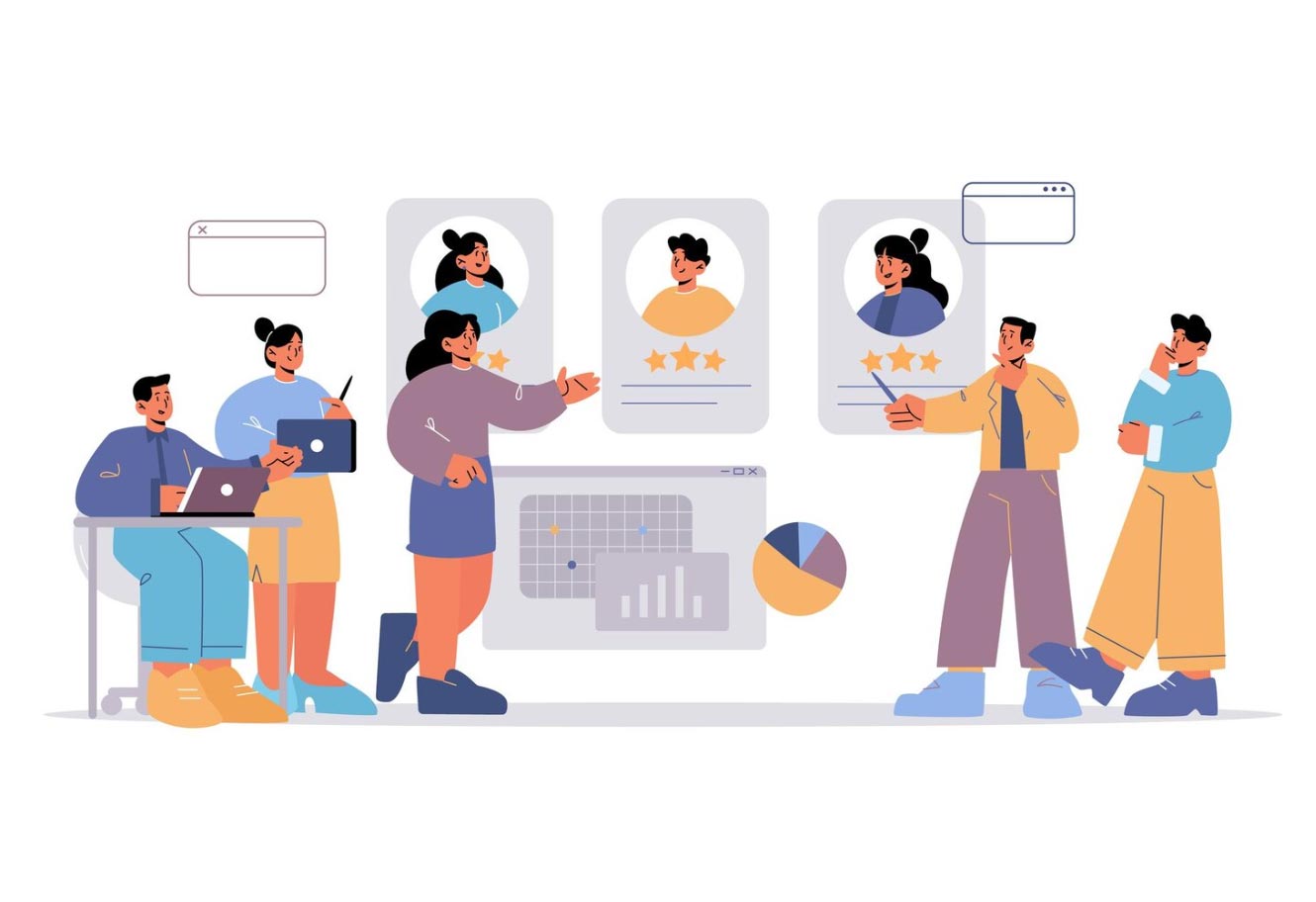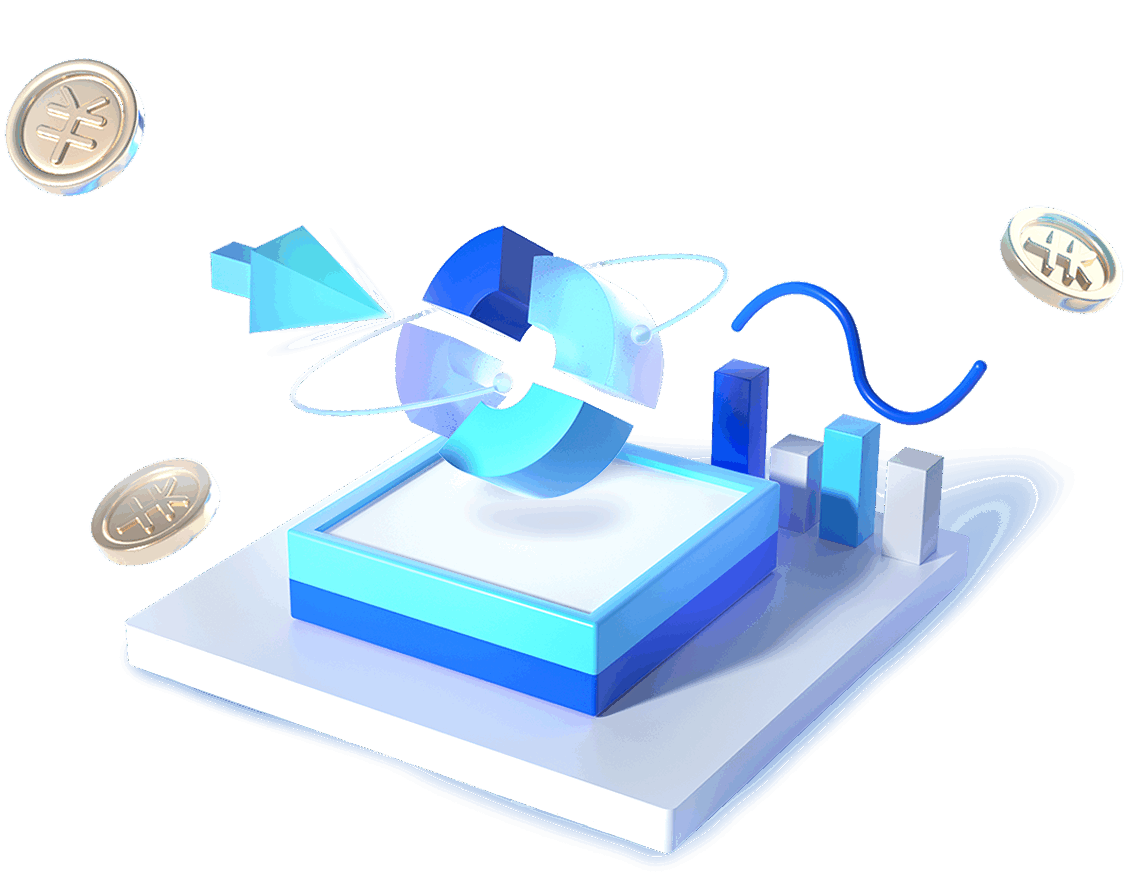 Trade Data Provider
Trade Data Provider
 2025-05-29
2025-05-29
Many import-export professionals confuse “client development” with simply “finding a client's contact info.” Some training institutions also blur this distinction, reducing client development to merely obtaining contact details.
In reality, the key difference between the two lies in depth and results.
Finding a client's contact info is just a technical step—a process of information gathering. There are many efficient, low-cost methods for this, such as Google search, Google Maps, LinkedIn, and trade data.
For example, when exporting inverters (HS Code: 980600) to Vietnam, we used Tendata to filter out a list of active Vietnamese importers with trade records in the past year.
❗❗ (Click to apply for a free trial)
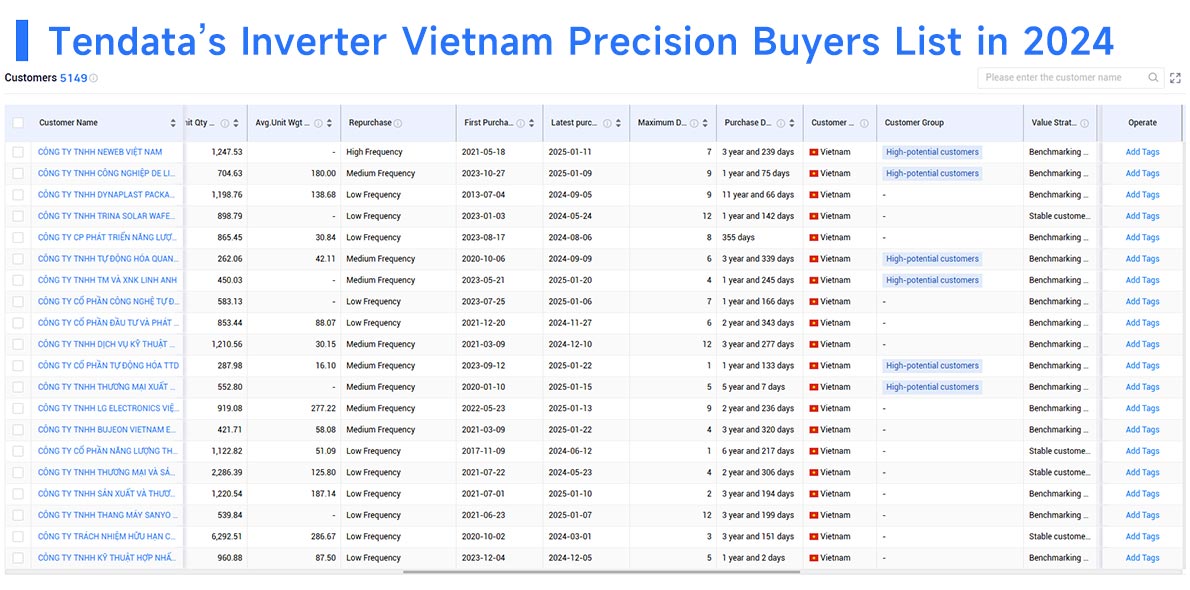
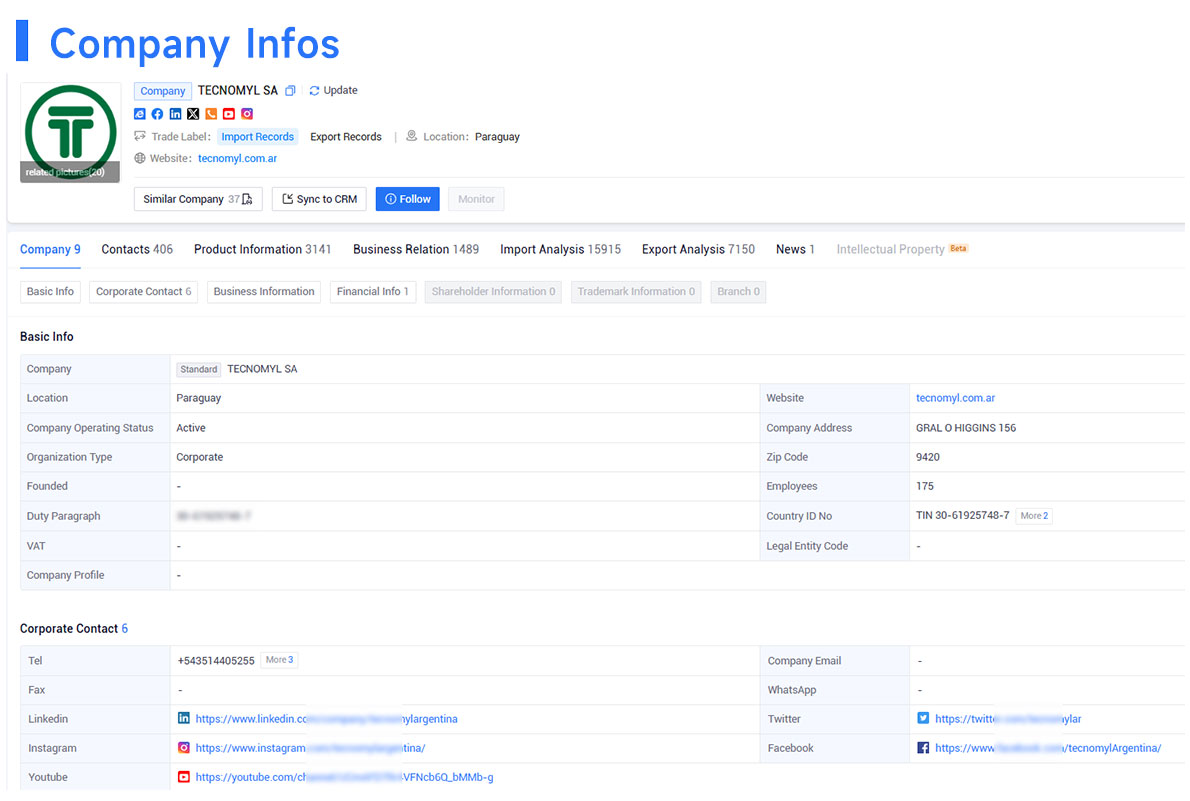
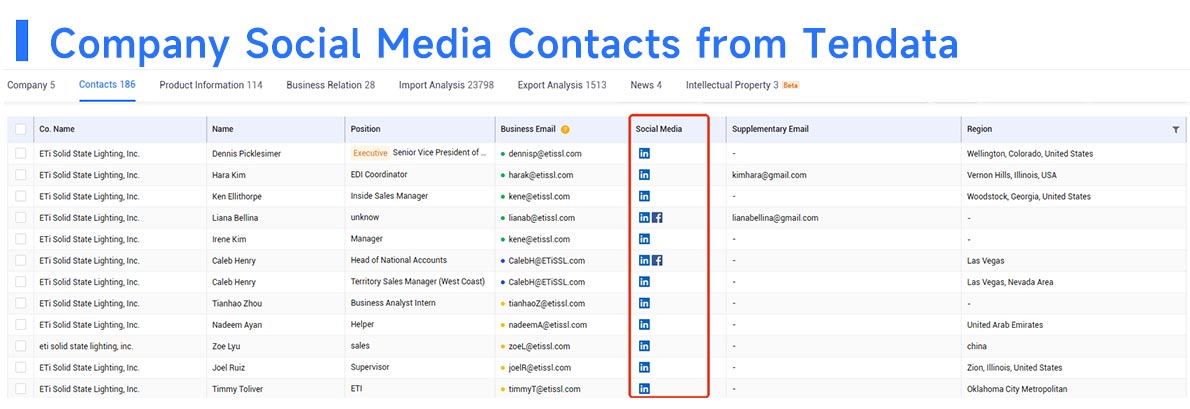
This is just the first step in client development—and it's not the hardest.
True client development is a test of comprehensive skills, including communication techniques, product positioning, needs discovery, and relationship building. The core goal is to build trust from scratch and convert potential clients into actual buyers. It takes time, skill, strategy, and even a bit of psychology.
Many salespeople simply send a cold, templated email once they get a contact—but most of the time, these emails go unanswered.
Here are six practical, actionable steps you can follow to actually develop clients more effectively:
1. Preparation: Research and Screen Your Clients
Before reaching out, use a client's website, social media (LinkedIn, Facebook), trade data, news, etc. to understand their main business, company size, market reach, and core products.
By deeply analyzing trade trends, HS codes, suppliers, and origins, you can gain powerful insights to guide your sales strategy.
❗❗ (Click to analyze clients for free)
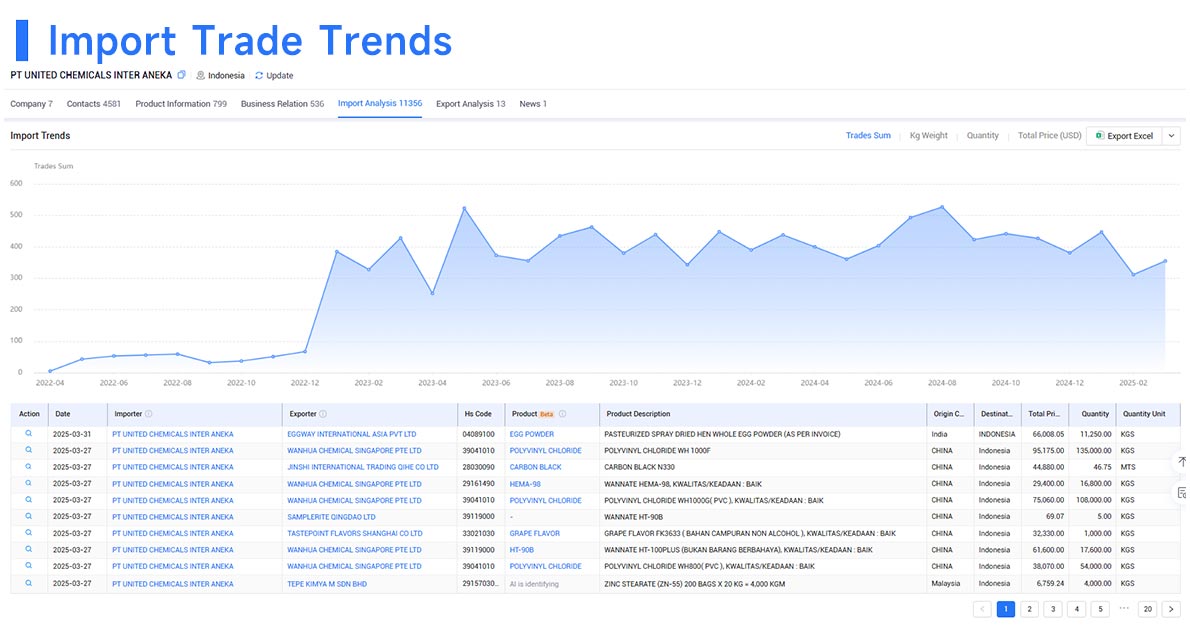
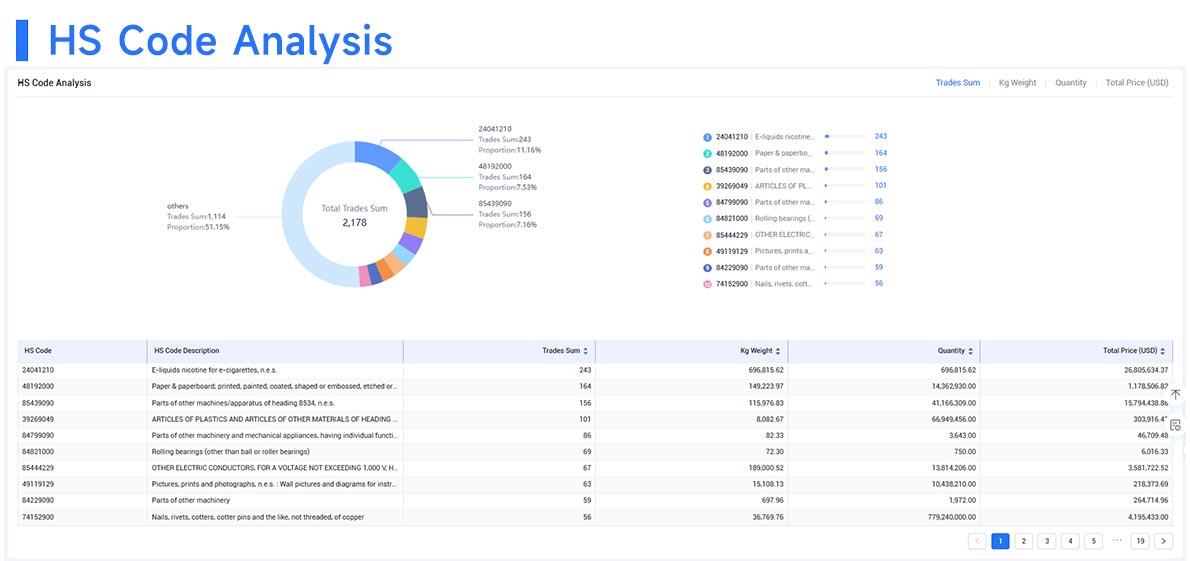

This understanding helps you identify the client's pain points—whether that's cost reduction, efficiency, or technical challenges.
Also, analyze the client's competitors—what are their strengths in price, quality, or service? Competitors of your potential client could also be backup prospects if the main target doesn't work out.
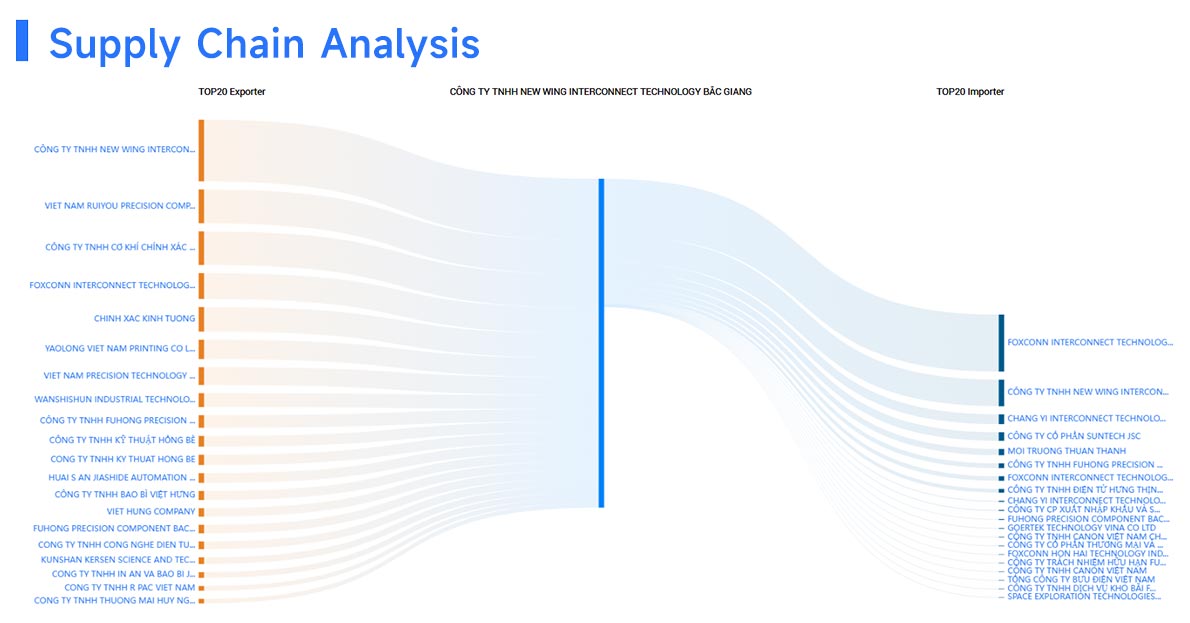
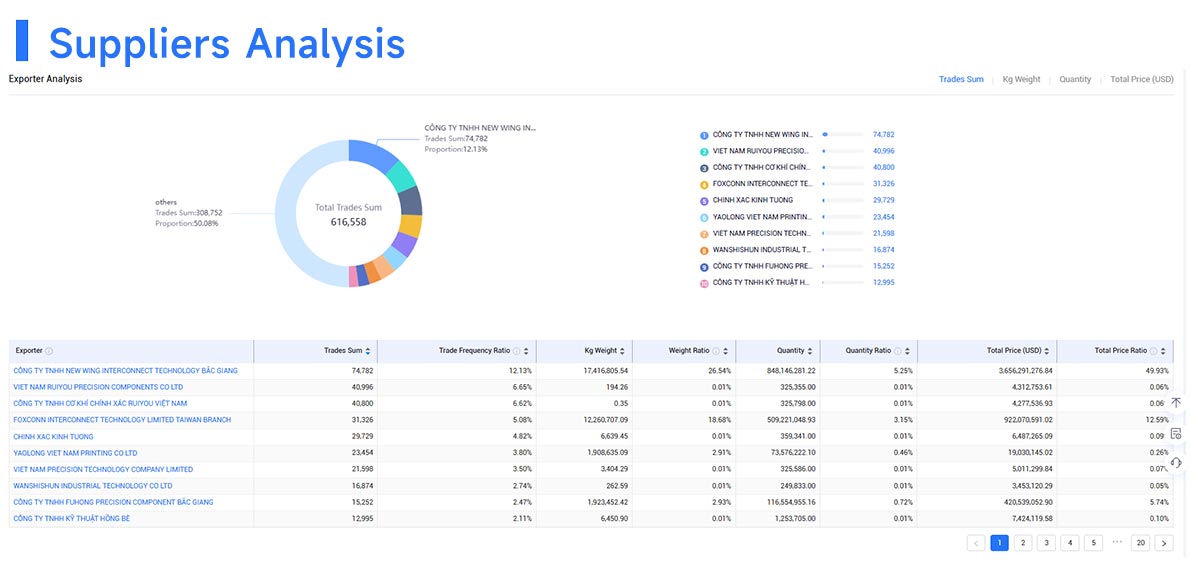
In practice, this shows up in your first message: you should quickly and precisely highlight their possible needs. For example:
“I noticed your company is expanding into the North American market. Our product is very competitive there and has helped similar companies increase sales by XX%.”
This grabs their attention right away.
2. First Contact: Get Their Attention
Your first goal is to get them to open your message and reply. Avoid cold templates—customize your outreach based on what you've learned. The first sentence should hook them.
Don't jump straight into your product pitch. First, show them that you understand them and can help.
Also, keep email subject lines to 5–7 words, and make the content focus on benefits, not products.
Using LinkedIn to find the decision-maker's name and starting with it in your email is far more engaging than “Dear Sir/Madam.”
3. Start a Conversation: Ask the Right Questions
Now it's time to get them talking.
Prepare open-ended questions that address a clear need. Avoid vague or generic questions. For example:
“Are you looking for ways to reduce costs without compromising product quality to gain more market share?”
If there's no reply, try a different question.
Your ability to spark interest and interaction depends on how well you understand the client.
4. Provide Value: Use Case Studies and Data
This phase shifts focus from “Are you selling me something?” to “Can you solve my problem?”
Share concise, powerful case studies. For instance:
“We recently helped a North American client (similar to your company) cut production costs by 15% using our XX solution.”
If they're still hesitant, don't push your product. Instead, pay close attention to what they seem interested in, and find common ground fast.
5. Advance Gradually: Follow Up Effectively
The goal here is to build trust over time and stay on their radar.
Initial follow-up: 3 days after first contact.
Ongoing follow-up: Weekly or biweekly, offering value, not just checking in.
Avoid bland follow-up questions like “Did you get my email?” Instead, share useful content—industry trends, market insights, or updates about your product.
Be patient—most clients don't order right away, but consistent and meaningful follow-up is key to closing.
If they ignore emails, try calling them. A little humor can break the ice:
“I'm afraid my email might have been kidnapped by your spam folder—if so, please rescue it!”
Humor is rare and disarming—few can resist it.
6. Close the Deal: Create Conditions for Orders
Sometimes, you need to create your own opportunities.
Tailor your proposal based on the success of the previous steps.
In short, turning a contact into a client takes multiple steps and deep engagement. Don't rush to sell—build trust first. Use expertise and value to win clients, not just low prices.
Finally, stay patient and keep delivering value in different forms.
These steps won't produce results overnight, but sticking with them will significantly increase your client conversion rate and order volume.
Try it—and see for yourself.
Category
Leave Message for Demo Request or Questions


 T-info
T-info T-discovery
T-discovery

 My
Tendata
My
Tendata Market Analysis
Market Analysis Customer
Development
Customer
Development Competitor
Monitoring
Competitor
Monitoring Customer Relationship
Customer Relationship



